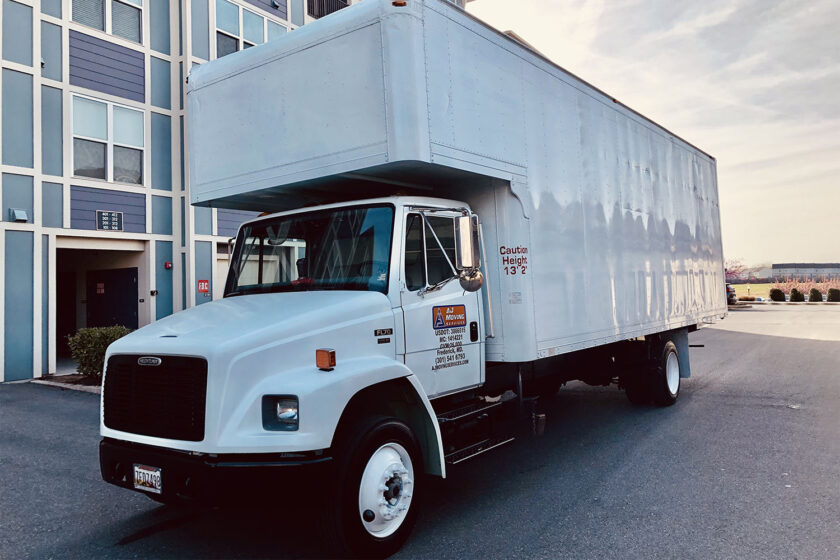Moving to a new home is an exciting adventure, but packing and transporting delicate kitchen items can be challenging. From fragile dishes and glassware to bulky appliances, ensuring the safety of your kitchen belongings requires careful planning and proper handling. In this comprehensive guide, we will provide you with valuable moving tips and insights to make your kitchen move smoothly and stress-free.
1. Plan and Create a Moving Checklist
Start your moving process by creating a detailed checklist specifically for your kitchen. This will help you stay organized and ensure you notice all essential items. Identify which kitchen items you will pack first and prioritize them based on their fragility and frequency of use. Planning ahead allows you to allocate sufficient time and resources for each task.
2. Declutter and Donate
Before packing, take the opportunity to declutter your kitchen. Donate or sell items that you no longer use or need. This reduces the number of things you need to pack and helps you start fresh in your new space. Consider donating unexpired non-perishable food items to local food banks as well.
3. Gather High-Quality Packing Materials
Invest in sturdy packing supplies to protect your kitchen items during the move. Acquire various-sized boxes, packing paper, bubble wrap, packing tape, and markers for labeling. Opt for specialized dish boxes with built-in dividers to secure fragile dishware.
4. Safely Pack Fragile Items
Fragile kitchen items, such as glassware, porcelain dishes, and delicate cookware, require extra attention during packing. Start by layering the bottom of each box with crumpled packing paper or bubble wrap as cushioning. Individually wrap each fragile item with packing paper or bubble wrap, securing them with tape. For additional protection, place them vertically inside the box and fill any remaining gaps with packing material to prevent shifting. Clearly label these boxes as “Fragile” and “This Side Up” to ensure they are handled carefully.

5. Secure Knives and Sharp Objects
To ensure the safety of both yourself and your belongings, handle knives and other sharp objects with caution. Place knives in a knife block or wrap them individually with cardboard and secure them with tape. Alternatively, use blade guards or sheaths to protect the sharp edges. One of the best moving tips is labeling these items as “Sharp Objects” for easy identification.

6. Disassemble and Prepare Appliances
Large kitchen appliances, such as refrigerators, dishwashers, and ovens, require special attention during a move. Refer to the manufacturer’s instructions for proper disassembly guidelines. Remove any detachable parts, such as shelves, trays, and glass doors, and pack them separately. Secure the power cords and wrap them around the appliance. Cover the surfaces with moving blankets or bubble wrap, securing them with tape. If available, use the original appliance boxes for maximum protection.
7. Utilize Sealable Bags for Small Items
Prevent small kitchen items, like measuring spoons, spice jars, or kitchen gadgets, from getting lost or tangled during the move. Place these items in sealable bags or small containers, grouping similar items. Label the bags accordingly and pack them in a larger box to keep them organized and easily accessible.[1]
8. Consider Professional Moving Assistance
If you’re overwhelmed by the prospect of packing and moving your kitchen, consider hiring professional movers or packers. Moving companies have the expertise, experience, and equipment to handle delicate items carefully. They can provide specialized packing materials, such as foam padding and custom crates, to ensure the safety of your kitchen belongings. Professional movers can also assist in loading and unloading heavy appliances, saving time and effort.[2]
9. Label Boxes Clearly
When packing your kitchen items, carefully label each box accurately and clearly. Use bold markers to write the contents and destination room on the outside of the box. This will make it easier to unpack and place items in their appropriate locations in your new home. Consider using color-coded labels or stickers to further distinguish between different categories or priorities.
10. Reinforce Boxes and Use Proper Stacking Techniques
Kitchen items can be heavy, especially when packed together. Reinforce your boxes with additional layers of packing tape to ensure they can withstand the weight. Avoid overpacking boxes to the point where they become too heavy to lift or prone to bursting. Instead, distribute the weight evenly among multiple boxes. When stacking boxes, place heavier items at the bottom and lighter items on top to maintain stability and prevent damage.
11. Preserve Perishable and Refrigerated Items
You must make special arrangements for perishable and refrigerated items when moving long distances or during warmer weather. Use coolers with ice packs to transport perishable foods, or consider consuming or donating them before the move. Empty and defrost your refrigerator and freezer well in advance, ensuring they are dry and clean to prevent mold and odors. Refer to the manufacturer’s instructions for any additional steps required to secure these appliances for transportation.[3]
12. Take Inventory and Photograph Valuable Items
Before packing, inventory your valuable kitchen items, such as fine china, antique silverware, or expensive appliances. Keep a detailed list of these items, including descriptions and photographs. This documentation will be helpful for insurance purposes in case of any loss or damage during the move.
13. Pack an “Essentials” Box
Prepare an “essentials” box specifically for your kitchen. This box should contain the essentials you’ll need for the first few days in your new home, such as basic utensils, plates, cups, and a few cooking essentials. Mark this box as “Open First” to be easily accessible upon arrival.

Conclusion
Moving your kitchen items doesn’t have to be a stressful ordeal. By following these expert moving tips, you can ensure the safe transportation of your valuable and delicate kitchen belongings to your new home. From careful packing and labeling to considering professional moving assistance, these strategies will help you streamline the process and set up a functional kitchen in your new space. Embrace the excitement of a fresh start and enjoy the journey of creating a unique culinary haven.
FAQs
1. How do you pack kitchen items when moving?
Wrap fragile items individually with packing paper or bubble wrap, secure them with tape, and place them in sturdy boxes. Use dividers for dishware, pack small items in sealable bags, and label boxes.
2. When should I pack my kitchen when moving?
Start packing your kitchen items a few weeks before your move, focusing on things you don’t use daily. Leave essential items until the last few days to ensure you have what you need until moving day.
3. How do you transport things when moving?
Transport your belongings by renting a moving truck, hiring professional movers, or using a moving container service. Properly load and secure items in the vehicle, and consider using blankets or padding for added protection.
References:
[1] https://www.moving.com/tips/how-to-pack-a-kitchen-like-a-pro/
[2] https://www.forbes.com/home-improvement/moving-services/how-to-pack-kitchen-items/







